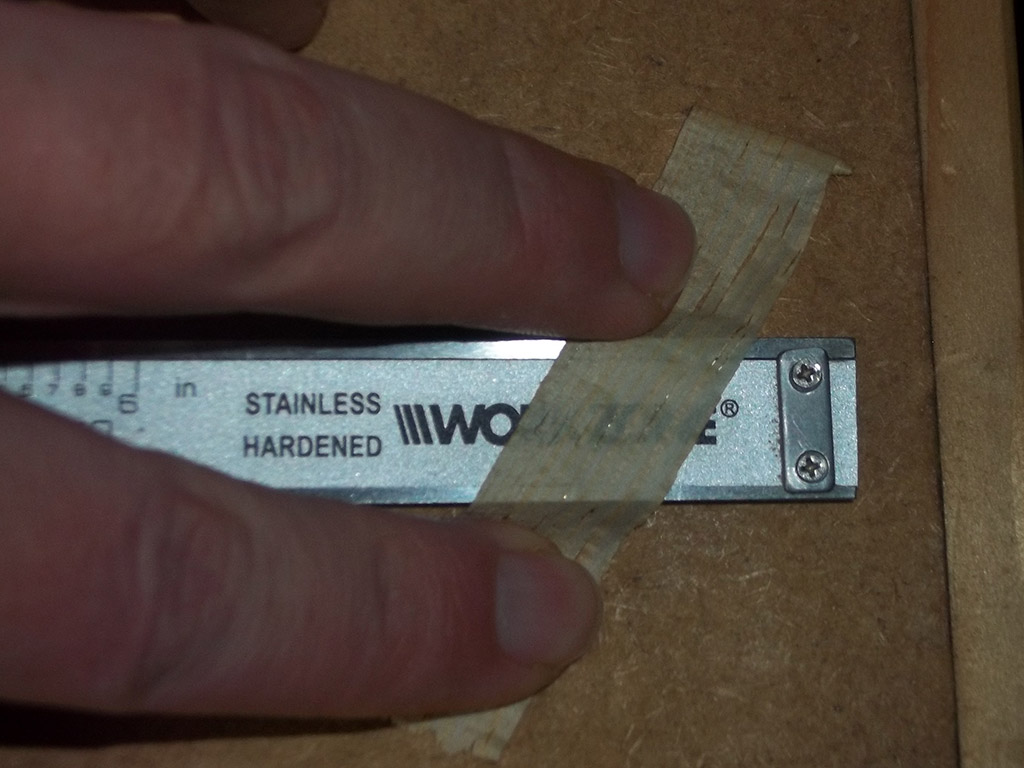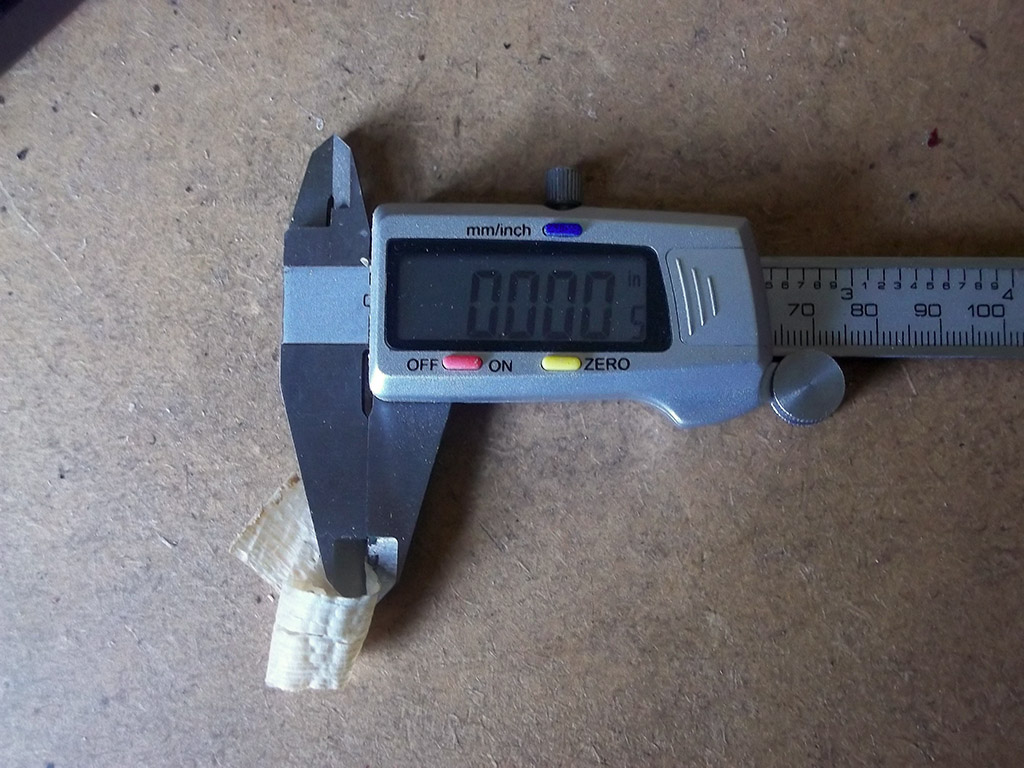MrDavidRoberts
Established Member
- Joined
- 23 Dec 2016
- Messages
- 388
- Reaction score
- 2
I currently got a 400/1000 diamond stone, does a nice job, however now need something finer around 6000 probably before I attack it with a strop and super fine paste.
Have no idea whatsoever about all the brands for the non-diamond stones, so looking for some feedback.
I currently have my eye on the King KDS 1000/6000 Combination £37.88 from amazon, (that's what one video suggested) , also supposedly it's a better stone than the standard king combi.
https://www.amazon.co.uk/King-1000-Comb ... s=king+kds
Is there anything better for around the same price or a little bit more/less ? Need something that is wide as I sharpen with a guide and my largest plane blade is 6cm wide, something the width of the king kds at 6.6cm would be spot on!
Have no idea whatsoever about all the brands for the non-diamond stones, so looking for some feedback.
I currently have my eye on the King KDS 1000/6000 Combination £37.88 from amazon, (that's what one video suggested) , also supposedly it's a better stone than the standard king combi.
https://www.amazon.co.uk/King-1000-Comb ... s=king+kds
Is there anything better for around the same price or a little bit more/less ? Need something that is wide as I sharpen with a guide and my largest plane blade is 6cm wide, something the width of the king kds at 6.6cm would be spot on!


































